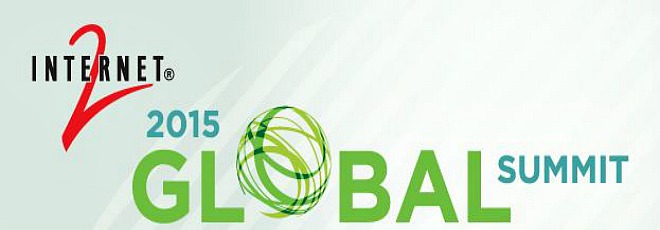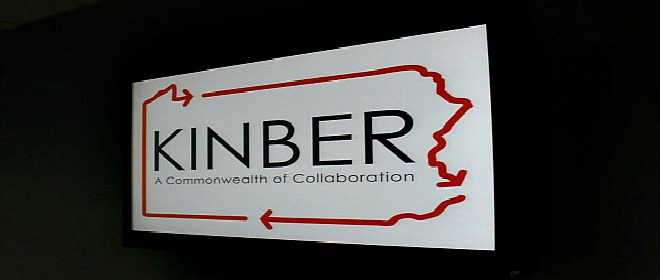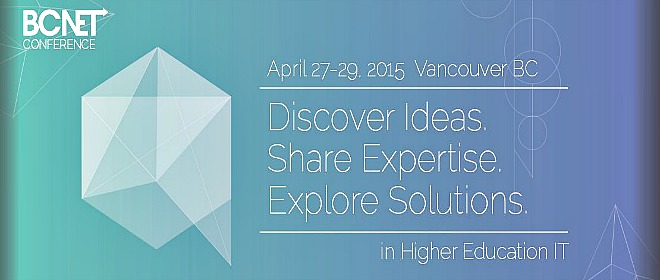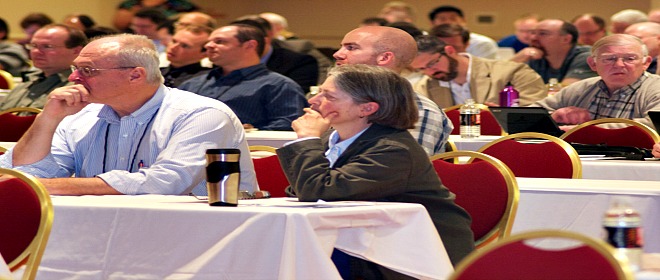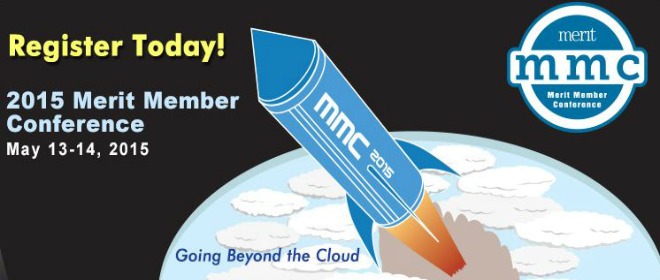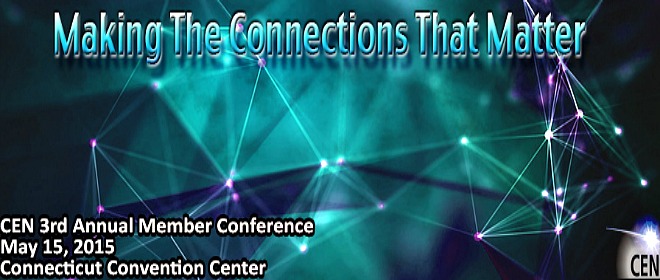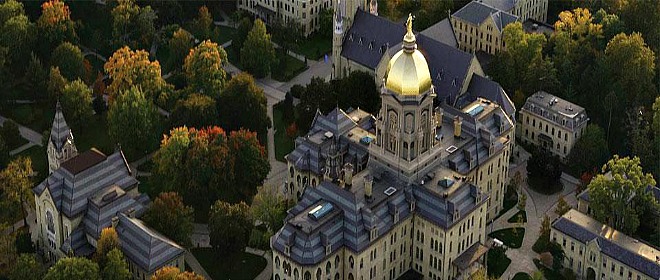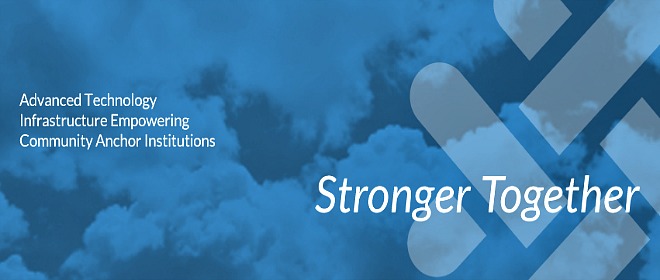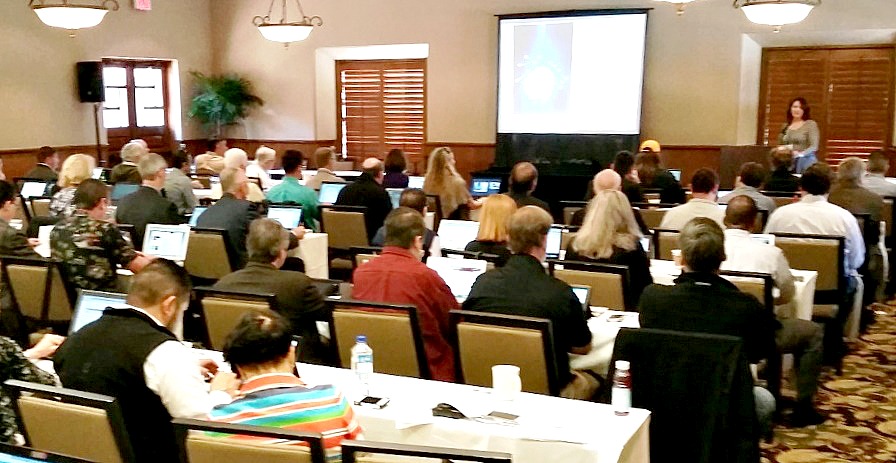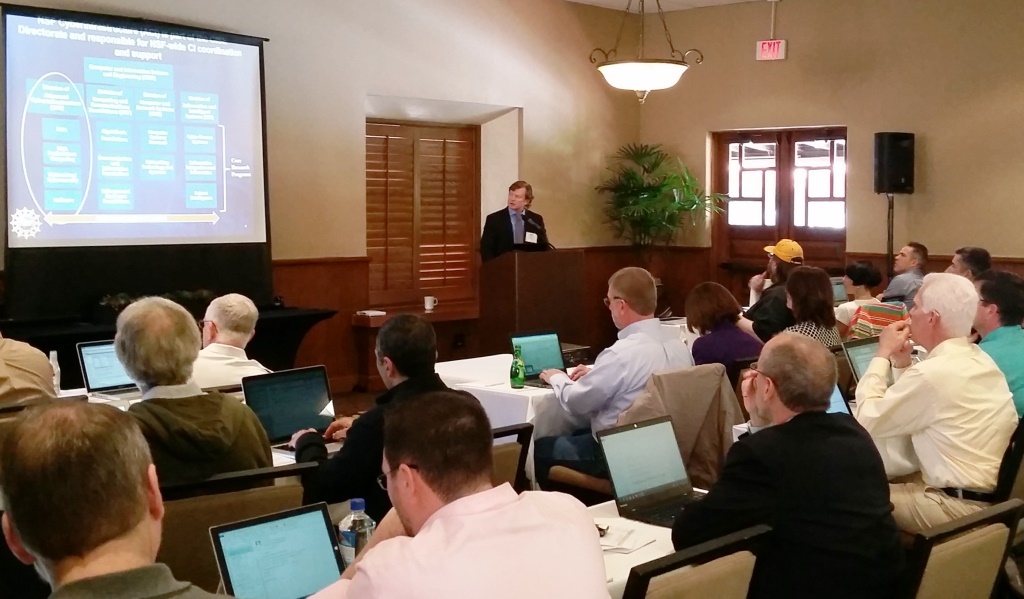Every November, thousands of researchers and industry representatives in high-performance computing and related fields, such as advanced networking, data storage, and data analysis, meet for the annual Supercomputing Conference (SC16) to learn about HPC and scientific applications and innovations from around the world.
This year’s conference, with the theme “HPC Matters,” took place Nov. 13-18 in Salt Lake City, Utah. This annual event previously was held in Salt Lake City in 2012.
Quilt Members once again were an integral part of the annual event through demonstrations, booths, presentations and building SCinet. Quilt members joined many from the international supercomputing community, essentially a gathering of scientists, engineers, researchers, educators, programmers, system administrators and developers that is unequaled in the world.
The internationally-recognized technical program included presentations, papers, informative tutorials, timely research posters and Birds-of-a-Feather sessions. A 515,000 square-foot exhibition hall featured the latest technologies and accomplishments from the world’s leading vendors, research organizations and universities, offering the first opportunity for attendees to learn about the technologies that will shape the future of large-scale technical computing and data-driven science.
The Salt Palace Convention Center during the event also turned into the home to the fastest, most innovative computer network in the world during SC16 conference. SCinet, the high-performance, experimental network built specifically for the conference, offers an unprecedented amount of bandwidth within the conference exhibit hall and connecting the convention center to the broader Internet.
Partnering with Quilt Member Utah Education Network (UEN) and CenturyLink, SCinet provided more than 5 Tbps of internal network bandwidth, along with tens of 100 Gbps Ethernet circuits to bring 3.15 Tbps of Wide Area Network bandwidth to the convention center. UEN guided this collaboration with national and international research and education networks and commodity Internet providers. More than 12,000 conference exhibitors and attendees relied on SCinet during SC16.
Listen to the UEN podcast on how Corby Schmitz and Gyongyi Horvath prepare for SC16.
If you or others from Quilt Member Institutions attended SC16, we would like to hear from you and your experience for a future blog. Please contact us or Tweet us @TweetTheQuilt.

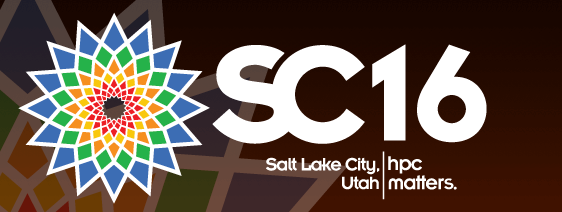
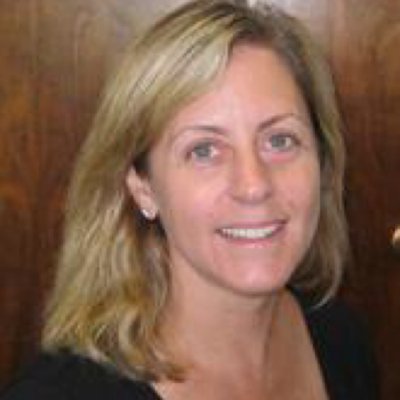 Laura Spining of the NTIA will present Thursday morning on the new
Laura Spining of the NTIA will present Thursday morning on the new 
